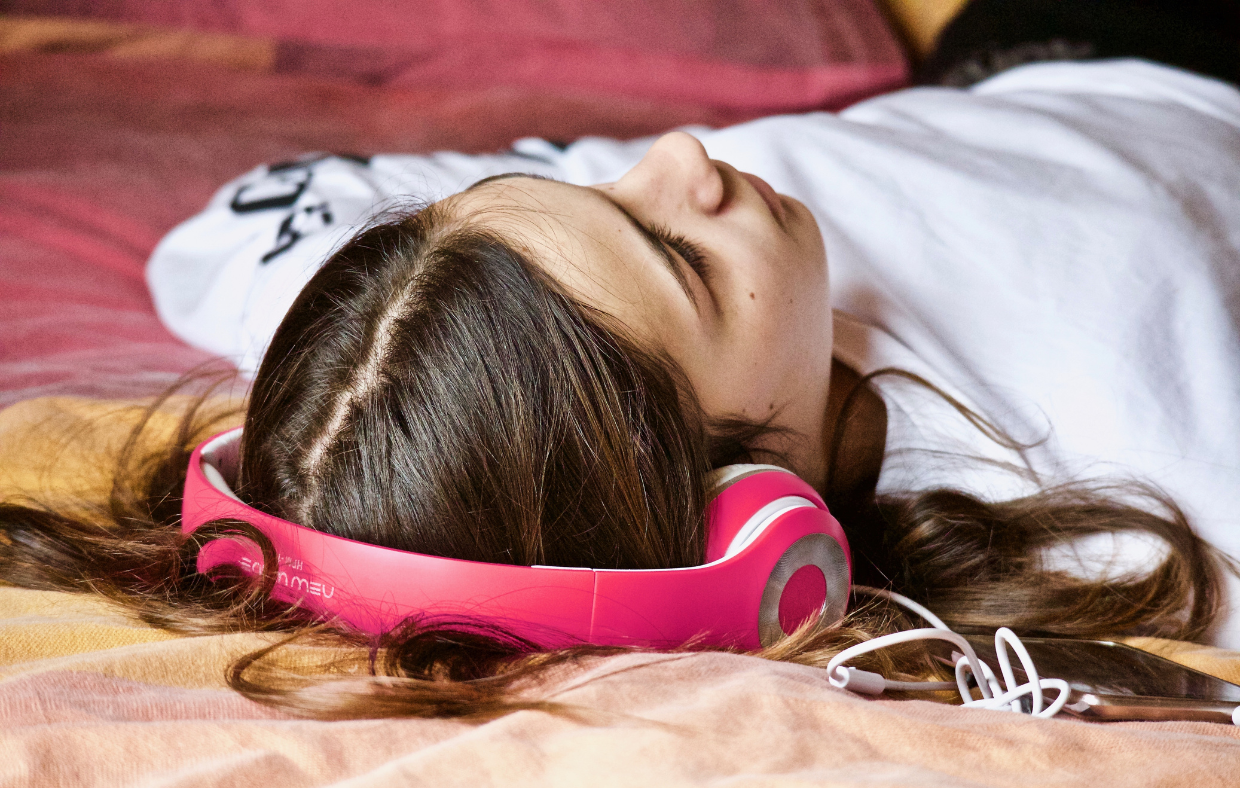A recent story in The Atlantic titled, “Why American Teens Are So Sad” raises a lot of interesting points. As a therapist and the father of a teenage son, I couldn’t help but wonder what’s at the root of this problem and how can we make things better?
The pandemic has been difficult for many people for a variety of reasons. I would argue, it has been particularly difficult for adolescents because of their developmental stages both physically and socially. Research indicates that, on average, female brains do not reach full maturity until about age 25 and male brains typically take a couple of years beyond that. While the brain is still evolving, people spend many years making decisions driven by the amygdala rather than the pre-frontal cortex. Said another way, they make decisions based on how they feel in the moment rather than what they think.
If you’re someone who has spent much time around teens, you may have found yourself asking, “What were you thinking?!” The answer is, they weren’t thinking so much as feeling. Often, the adolescent decision-making process can be summed up in one question, “How do I feel about this right now?”
Socially, they are “individuating” from their families of origin and figuring out who they are as individuals and in the context of friend groups. This developmental task requires spending time away from family and with friends, which was very challenging during the early stages of the pandemic.
Those of us who are a little (ahem) older can attest that adolescence was rough even without a pandemic. With a pandemic, many teens were deprived of the social interactions that helped us get through life at that age. As with adults, some teens are more resilient than others. I like the analogy that we’re all in the same storm but not on the same boat. Some people have enough resilience to ride the big waves as though on a large ship, while others cling desperately to their life raft, getting soaked and feeling miserable.
As a group, teens are not typically the large ship crowd, and surveys of teen mental health show many of them are precariously close to drowning. The Atlantic story shared data from a 2021 government survey indicating that “of almost 8,000 high-school students… more than one in four girls reported that they had seriously contemplated attempting suicide during the pandemic, which was twice the rate of boys. Nearly half of LGBTQ+ teens said they had contemplated suicide during the pandemic, compared with 14 percent of their heterosexual and cisgender peers.”
These alarming figures match what we’re seeing in local schools and health clinics. When teens are feeling deep emotional pain, boys often tend to externalize their emotional pain, by lashing out or getting into arguments or fights. Girls, on the other hand, are more likely to internalize emotions, flying below radar while they engage in self-harming behaviors like cutting or eating disorders. We’re seeing these behaviors and more.
During the pandemic, teens suffered all manner of hardship. Domestic violence and child abuse rates increased. Alcohol and drug use increased. Parents lost their jobs and teens felt both hopeless and partially responsible for their family’s predicament. Teens lost loved ones. Some became orphans. Others were trapped in unsafe home environments. No wonder teens are having such a hard time.
Even in loving homes where parents have the interest and ability to support their children, teens may find it difficult to identify what they are feeling, let alone go to their parents for help. So the question becomes, what can parents do?
First, it’s important to recognize the symptoms of depression and anxiety, the two most common behavioral health conditions. For teens, irritability is often the number one sign of depression. While irritability is a common teen trait, I’m talking about consistent irritability day after day, or a big jump in irritability. Additional signs include a lack of motivation, feeling down, and trouble sleeping, among many others. For anxiety, it’s often the inability to stop worrying, which can manifest in stomach aches, headaches, and muscle tension.
Rather than sitting across from your child at the dinner table and peppering them with questions about how they’re feeling, consider taking a drive. Car rides remove the expectation that you will look each other in the eye, and this can make things easier. Then, I recommend expressing your concerns, reminding them that you love them, and explaining that sometimes life can feel overwhelming for all of us—and if they are interested, it might help to talk to a counselor. If that feels out of reach, make an appointment with their pediatrician, and let the pediatrician know your concerns. Primary care providers like pediatricians can facilitate a referral to a behavioral health specialist if needed.
For more information about how to support your teen’s mental health, visit mhanational.org.
Ben Anderson, LCSW, is the director of Behavioral Health at MCHC Health Centers, a community-based and patient-directed organization that serves Mendocino and Lake Counties, providing comprehensive primary healthcare services as well as supportive services such as education and translation that promote access to healthcare. Learn more at mchcinc.org.

 MyChart Login
MyChart Login

